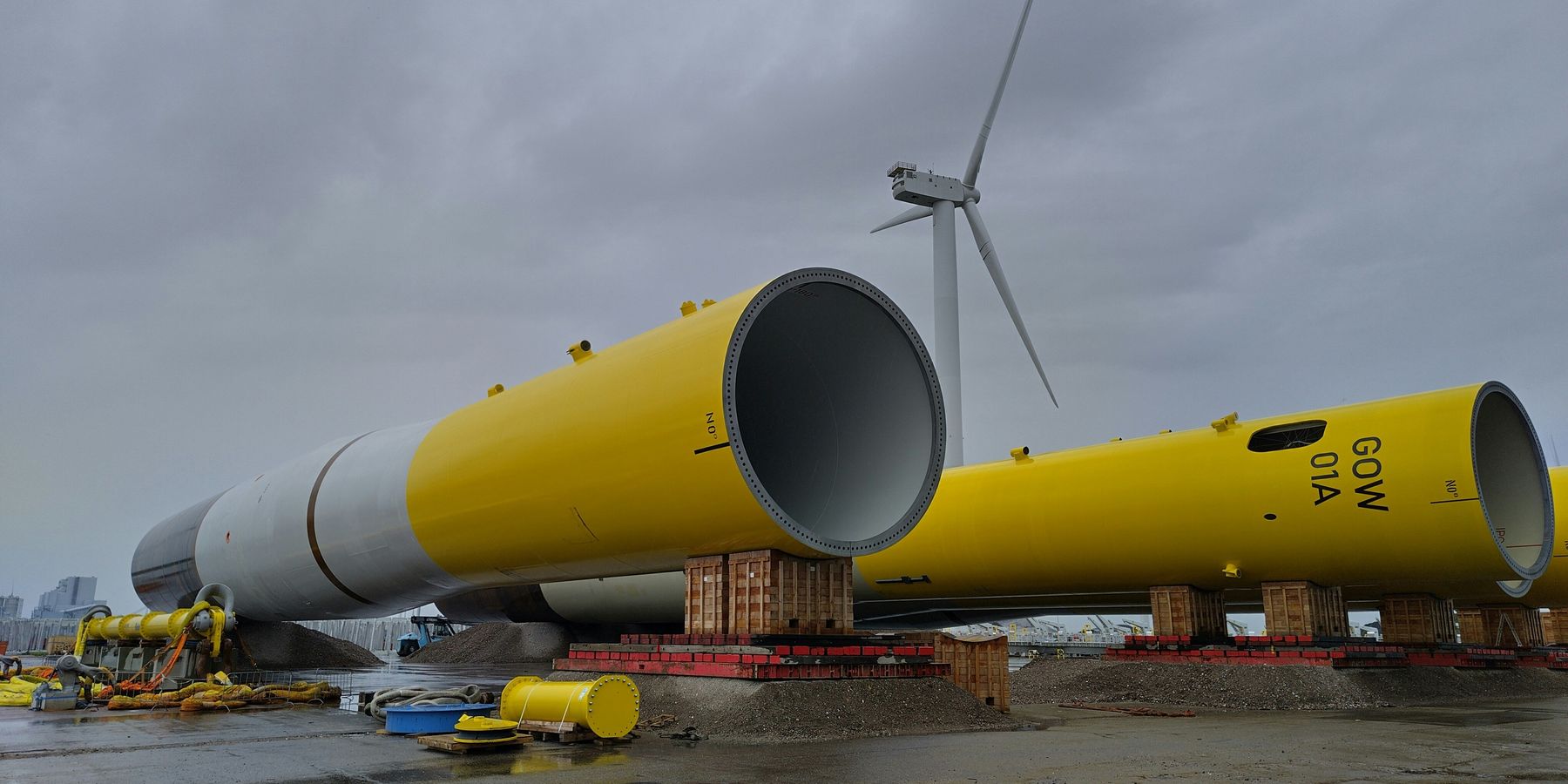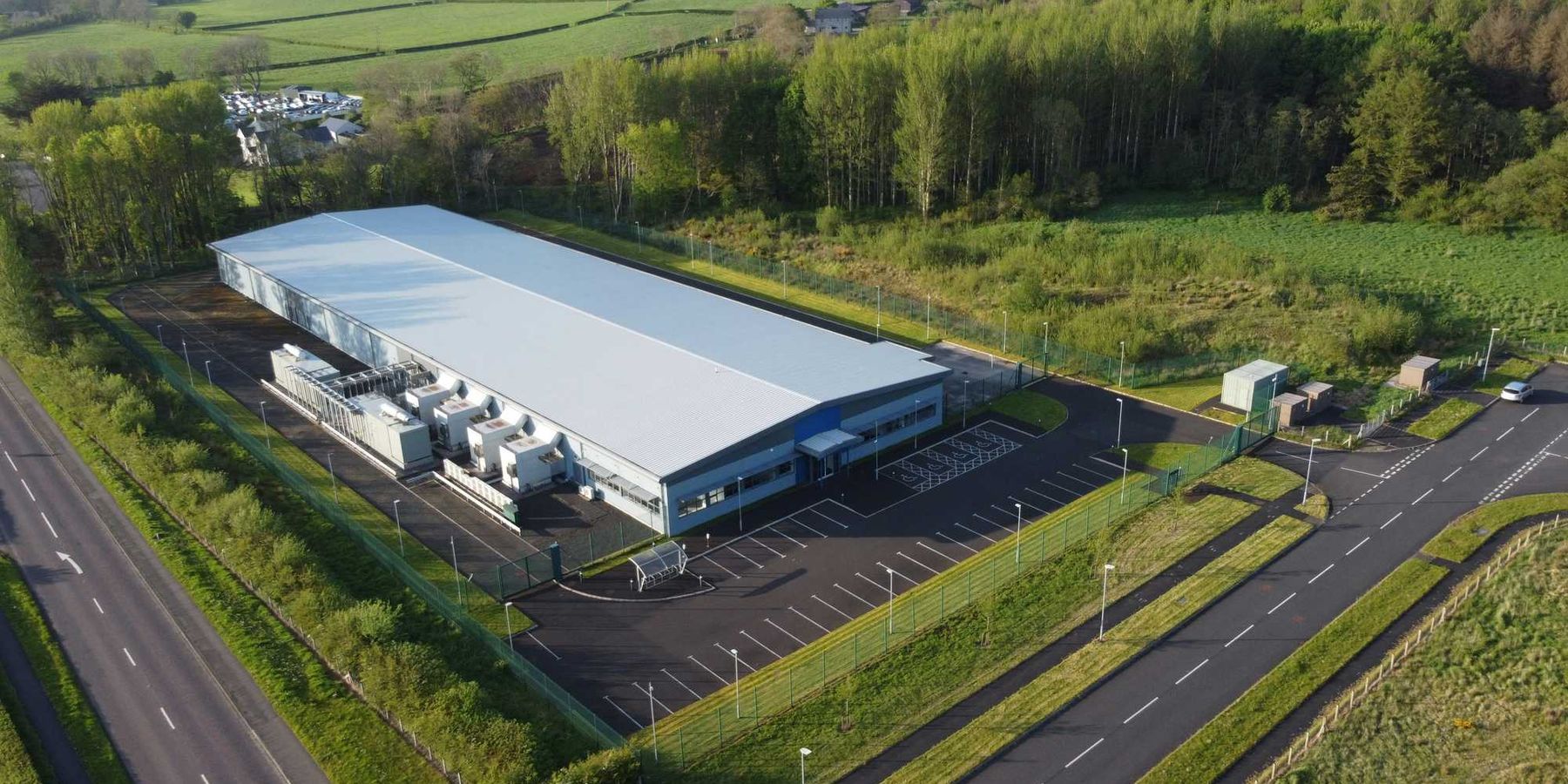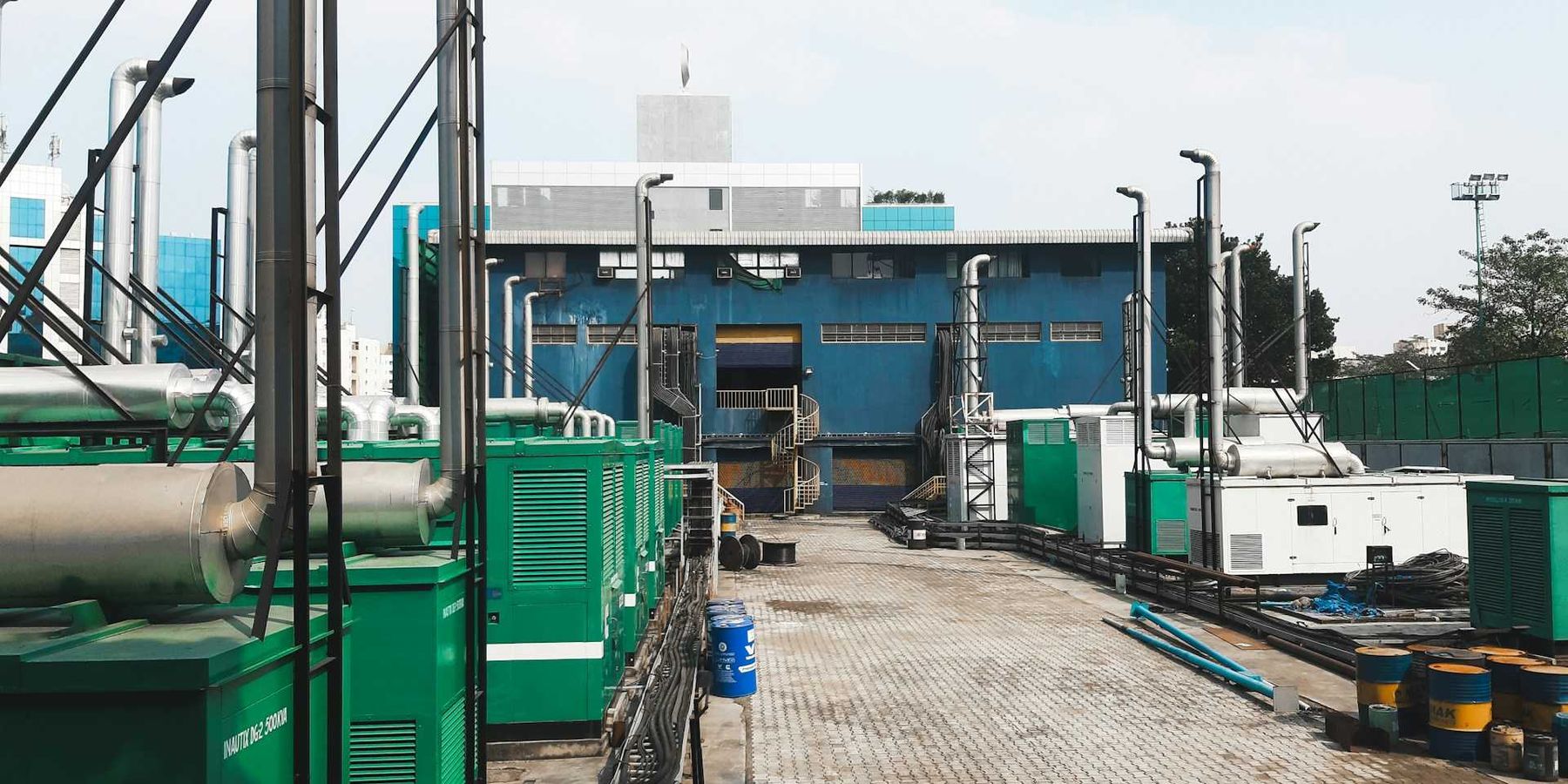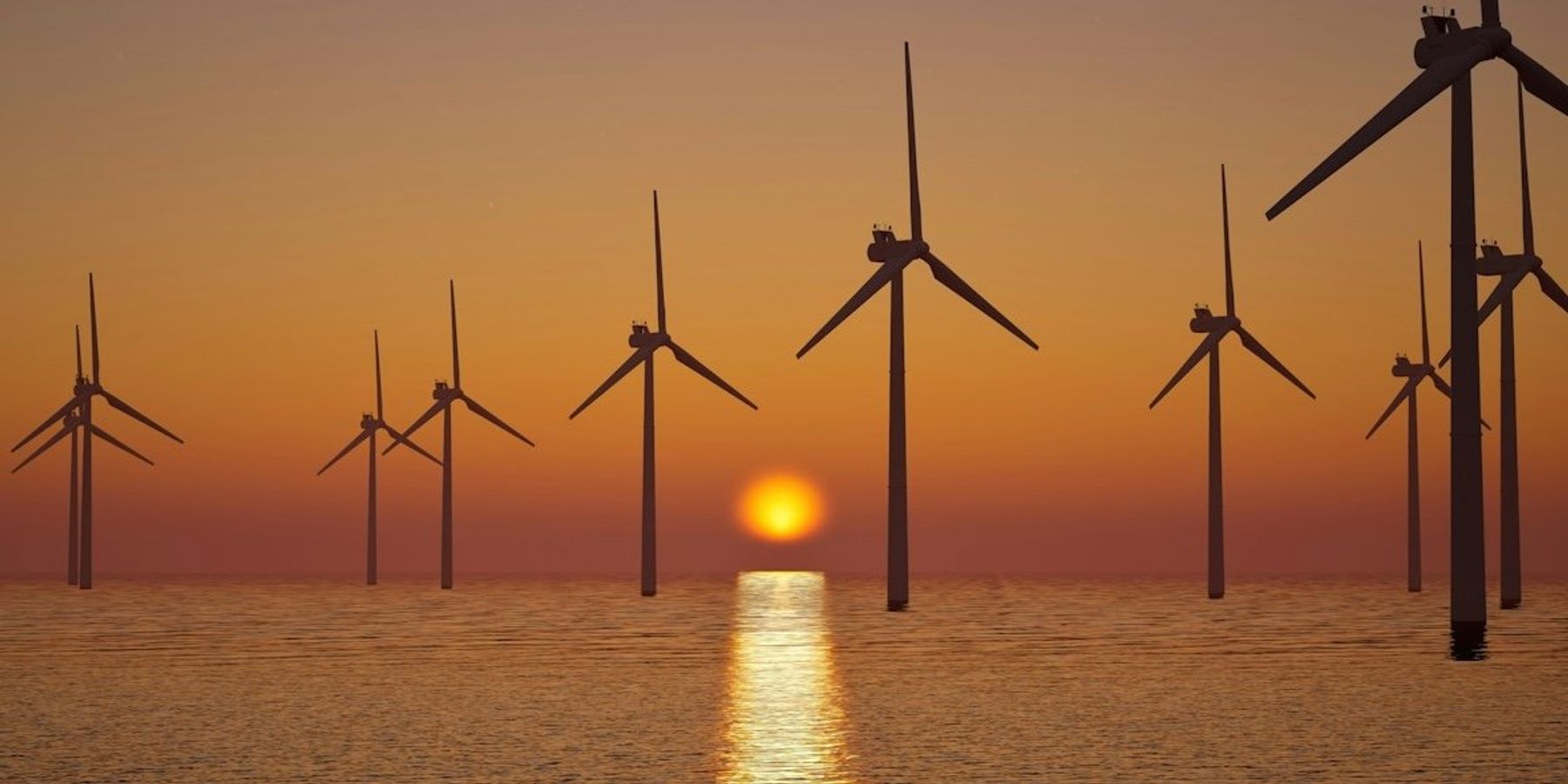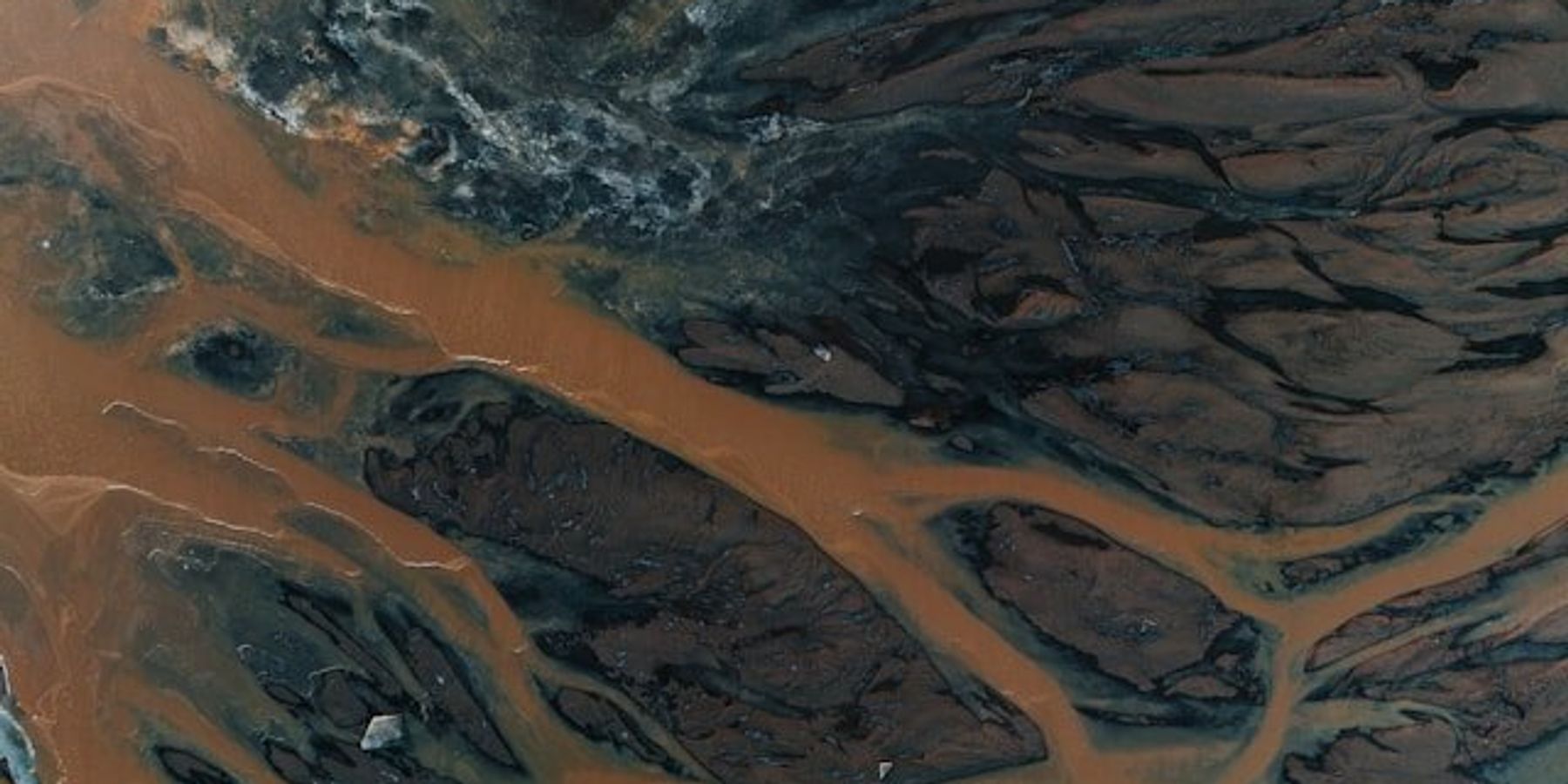
China fuels Southeast Asia’s clean energy and pollution at the same time
Chinese firms are driving renewable energy development across Southeast Asia, but their expanding presence in mining and heavy industry is triggering pollution, health concerns, and political friction across the region.
David Hutt reports for Deutsche Welle.
In short:
- Chinese companies now control over three-quarters of Indonesia’s nickel refining capacity, leading to environmental violations and rising protests at sites like the Morowali Industrial Park.
- Water samples in northern Thailand show arsenic levels nearly five times higher than safe drinking water standards, with local communities blaming rare earth mining operations tied to Chinese firms in neighboring Myanmar.
- Despite pouring $2.7 billion into clean energy through the Belt and Road Initiative, Chinese industries are relocating polluting sectors like steel and waste processing to Southeast Asia to avoid stricter regulations and tariffs at home.
Key quote:
“The reality is that most governments care more about economic development than they do environmental sustainability; exactly as the Chinese government did.”
— Zachary Abuza, professor at the National War College in Washington, D.C.
Why this matters:
The collision of clean energy investments and industrial pollution highlights a troubling contradiction in China's role across Southeast Asia. While Chinese-backed solar farms and dams promise greener infrastructure, the expansion of heavy mining and toxic industries risks contaminating rivers, degrading air quality, and exposing workers and communities to hazardous conditions. Countries like Indonesia and Myanmar, rich in minerals but often lax in environmental enforcement, are becoming hotspots for high-risk extractive operations. Health effects from heavy metals like arsenic can persist across generations. As demand for rare earths and nickel rises, especially for electric vehicles and electronics, the region is increasingly caught between economic development and long-term ecological harm.
Related: How China raced ahead on clean energy while America clung to oil

